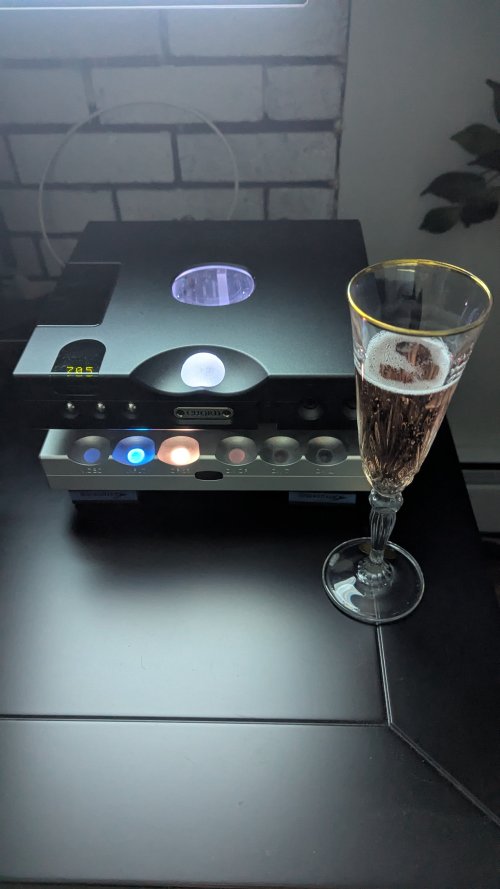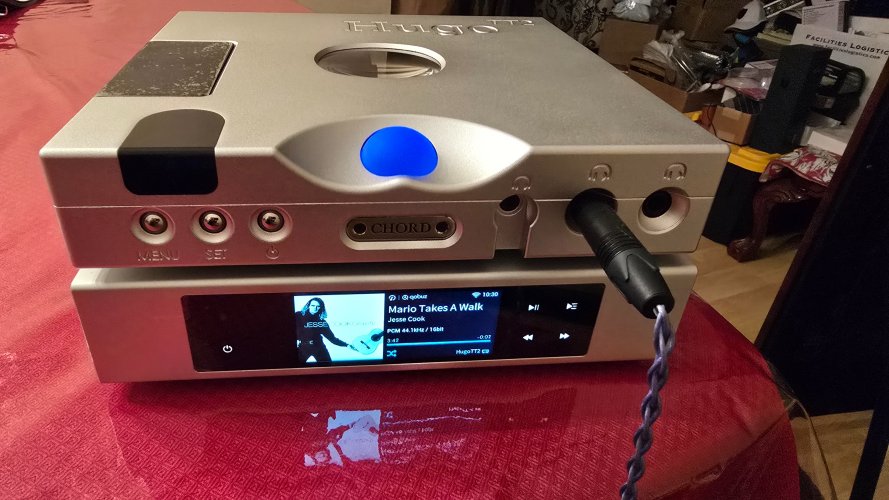GreenBow
Headphoneus Supremus
- Joined
- Feb 6, 2015
- Posts
- 4,204
- Likes
- 1,608
It’s true that a speaker’s impedance will vary quite widely depending on which frequencies it is producing. We can say the speaker has a “nominal” impedance of 4/6/8 ohms. What that mean is the speaker’s impedance will not be below the nominal stated ohms for the majority of the time.
It’s not accurate to say that the lower the frequency of sound, the lower the impedance of the speaker. The impedance will vary depending on which frequencies are played, but it doesn’t mean that the impedance at 50 Hz is lower than at 1 KHz for example.

That graph is interesting. I never saw it before, and only read about it explained in words. The explanation I read, overlooked the impeadance peak that graph shows at about 30Hz. Just a quick google and I found that's due to 'back-emf'. Have to thank you so much, for this.
You prompted me and I googled this. …. "speaker impedance and frequency response". I took the following link, and read about it. http://education.lenardaudio.com/en/05_speakers_3.html
While it might seem off topic to still be discussing this, it's actually seriously not. That's because some of us are driving our speakers directly with the TT2. (Plus the principle applies to headphones too.)
Understanding this has relieved me of some worry that I had driving my speakers from TT2. I was thinking the impedance continued to fall and fall, with frequency into the bass sub-bass region. It left me thinking if I was driving speakers with the TT2 volume at e.g. 0dB. Would I be straining the current delivery; super-capaitors aside? It certainly did not sound that way, as the TT2 gripped bass like a vice.
Whereas the reality is not so. (No need to explain that further, given we can see this in the graph.) Briefly though, the reality is impedance is more likely to rise about the nominal impedance, thus reducing current necessity.
It means it has resolved stress for me. It means will be happier leaving my speakers on my TT2 now, rather than wondering about an amplifier for current.
A powerful amp is mostly about the current capability.
Not sure that's entirely true. Powerful amps are generally regarded as ones which produce lots of volume. They give higher voltages than less powerful amplifiers. The relevance of current is what's been discussed above, but of course relevant to a powerful amp.
Last edited:




















